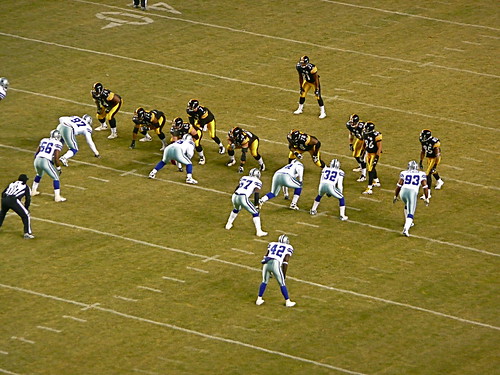Lucy, you got some 'splaining to do!
October 9th, 2009 at 9:59 AM ^
October 9th, 2009 at 10:38 AM ^
October 9th, 2009 at 6:23 PM ^
October 9th, 2009 at 10:20 AM ^
October 9th, 2009 at 10:25 AM ^
October 9th, 2009 at 10:40 AM ^
October 9th, 2009 at 11:12 AM ^
October 9th, 2009 at 12:37 PM ^
October 9th, 2009 at 12:55 PM ^
October 9th, 2009 at 10:43 AM ^
October 9th, 2009 at 12:18 PM ^
October 9th, 2009 at 7:08 PM ^
October 9th, 2009 at 10:51 AM ^
October 9th, 2009 at 10:52 AM ^
October 9th, 2009 at 11:44 AM ^
October 9th, 2009 at 10:54 AM ^
October 9th, 2009 at 12:03 PM ^
October 9th, 2009 at 10:56 AM ^
October 9th, 2009 at 11:09 AM ^
October 9th, 2009 at 11:12 AM ^
October 9th, 2009 at 11:52 AM ^
October 9th, 2009 at 11:16 AM ^
October 9th, 2009 at 11:22 AM ^
October 9th, 2009 at 11:29 AM ^
October 9th, 2009 at 11:28 AM ^
October 9th, 2009 at 11:28 AM ^
October 9th, 2009 at 11:49 AM ^
October 9th, 2009 at 11:56 AM ^
October 9th, 2009 at 12:14 PM ^
October 9th, 2009 at 12:52 PM ^
October 9th, 2009 at 12:02 PM ^
October 9th, 2009 at 12:16 PM ^
October 9th, 2009 at 12:23 PM ^

October 9th, 2009 at 3:26 PM ^
October 9th, 2009 at 1:18 PM ^
 That's way more accurate than it should be.
That's way more accurate than it should be.October 9th, 2009 at 1:23 PM ^
October 9th, 2009 at 2:58 PM ^
October 9th, 2009 at 1:19 PM ^
October 9th, 2009 at 1:31 PM ^
October 9th, 2009 at 3:03 PM ^
October 9th, 2009 at 1:23 PM ^
October 9th, 2009 at 1:30 PM ^
October 9th, 2009 at 1:58 PM ^
October 9th, 2009 at 2:09 PM ^
October 9th, 2009 at 3:07 PM ^
October 9th, 2009 at 3:25 PM ^
October 9th, 2009 at 6:38 PM ^

